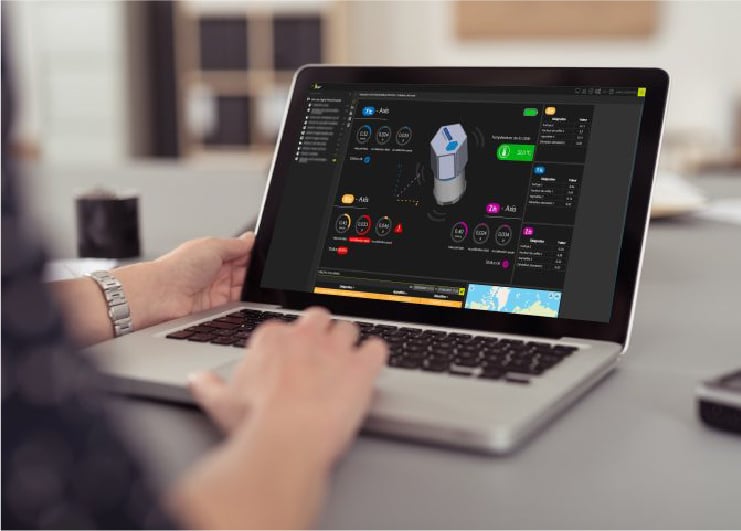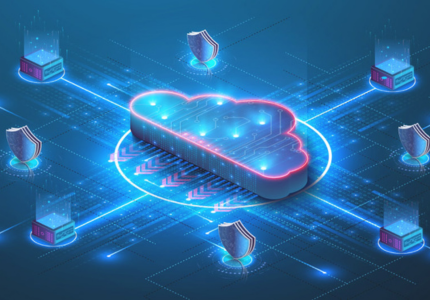IoT deployments are often complex, global and come with regulatory, technical and security considerations. Enterprises want the right connectivity from their IoT service providers, but what else do they need? Wireless Logic and Kaleido Intelligence surveyed 1000 enterprises with and without cellular IoT deployments to find out. The findings indicate demand for flexible, value-added solutions, security features and low-code application development.
#1 IoT connectivity must be flexible and add value
The study, which was conducted with a global sample of 1,000 cellular IoT adopters and non-adopters, spanned various industry sectors. The findings reveal the increasing complexity of global IoT projects, common issues around permanent roaming restrictions and the intricacies of managing multi-provider relationships:
IoT deployments are mostly global and need a supportive, holistic service
IoT deployments more often than not require international or multi-regional connectivity – almost six in ten (59%) of cellular IoT adopters say this is the case for more than half of their device fleet. Yet, a third (33%) of all respondents find current global connectivity support inadequate for their needs. We also find that:
- 41% (adopters and non-adopters) said restrictions on permanent roaming were among their top five challenges when scaling up IoT
- 42% (adopters and non-adopters) put maintaining commercial relationships and device fleets with multiple connectivity providers in their top five scaling challenges.
Most enterprises are having to navigate global IoT connectivity; they need the right partnerships that will help and support them – and not add to the complexity of the challenge.
Quality coverage is just the starting point
The top technical reason for choosing a connectivity provider was quality of coverage (55% of IoT adopters), but enterprises have expectations beyond that:
- Flexibility in setup led the non-technical/commercial reasons (53%) among IoT adopters, closely followed by a portfolio of value-added services (52%) and customer support levels (48%)
- Similar expectations exist among those without current cellular IoT deployments – customer support (51%), flexibility (49%) and value-added services (42%) were among the influences.
These findings point to expectations beyond just connecting devices. Value-added solutions from connectivity providers should cover setup, support and services such as business intelligence and robust security.
Permanent roaming restrictions are a factor in choosing eSIM
eSIM provides businesses with greater flexibility by enabling in-life network switching. The survey found that:
- Over-the-air capabilities to optimise network choice (such as through eSIM/multi-IMSI) influenced almost a third (32%) of cellular IoT adopters’ choice of IoT connectivity provider
- 45% of organisations said avoiding permanent roaming restrictions and operator lock-in were reasons for choosing eSIM.
Wireless Logic has invested in a remote SIM provisioning platform so customers don’t have to. Moreover, dual support for both consumer and machine-to-machine (M2M) standards (and SGP.32 readiness) enables businesses to concentrate on innovation over infrastructure.

#2 Almost 9/10 enterprises express IoT security concerns
Security is of paramount importance for all connected devices and solutions. Insights from the survey show key security concerns among enterprises and reveal strong demand for enhanced security features from IoT connectivity providers:
- Almost nine out of 10 (89%) of cellular IoT adopters and non-adopters say the threats of cybersecurity breaches, or issues related to compliance as a result of cybersecurity issues, represent a pain point for their organisation
- 88% (adopters and non-adopters) expect connectivity providers to offer tools to monitor device traffic metadata
- 48% (adopters and non-adopters) say the security of devices and environments is among the top five challenges when scaling up cellular IoT connectivity deployments
- 47% (adopters) expect network threat detection/mitigation services from their connectivity providers whilst 45% hope for device-to-cloud integration/authentication, making these the second and fourth most selected value-added services.
Cyberattacks are an ever-present threat, with potentially far-reaching operational, financial and reputational implications. Enterprises need help with end-to-end security and privacy, network anomaly and threat detection, and robust device identity management, which is why Wireless Logic recommends a security framework of approaches and solutions to defend against, detect and react to cyber incidents.

#3 IoT skills shortages drive demand for low-code development tools
According to Transforma Insights IoT projects take on average 10 months to deploy. If enterprises can reduce time to go-live, potentially to weeks or days instead of months, they can start to see a return on their investments sooner. But there is a skills shortage, so demand for no-code/low-code application development, that requires minimal specialist knowledge to configure, is sure to rise. The survey tells us:
- 46% (adopters and non-adopters) identified a lack of software development resources and skills as a main challenge to leveraging cellular technology for IoT connectivity for the first time
- Almost half (49%) of current cellular IoT adopters expect connectivity service providers to offer software/application design professional services. This was picked by the highest percentage of respondents from a list of value-added services that included data orchestration and ‘plug-and-play’ hardware
- Almost four in ten (39%) and over a third (37%) (IoT adopters) expect an application enablement platform and application hosting services respectively.
If enterprises can rely on external resources, like application enablement platforms and hosting solutions, they can streamline development and increase productivity. By handling the complexity of hardware integration and secure communication protocols management, these platforms allow companies to instead concentrate on what truly drives value for their business.

Enterprises want actionable data, not IT projects
Enterprises want more than just connectivity from their service providers because more goes into getting actionable data from IoT solutions than simply connecting them. Wireless Logic continually evolves its offerings to meet the growing need for IoT value-added services including security, a globally distributed network, development tools and management. That way, Wireless Logic can solve more pieces of the puzzle for your complex IoT deployments; find out how – explore our solutions.
For the full survey findings, download Cellular IoT Enterprise Demands & Opportunities A Free 2024 Survey Report






